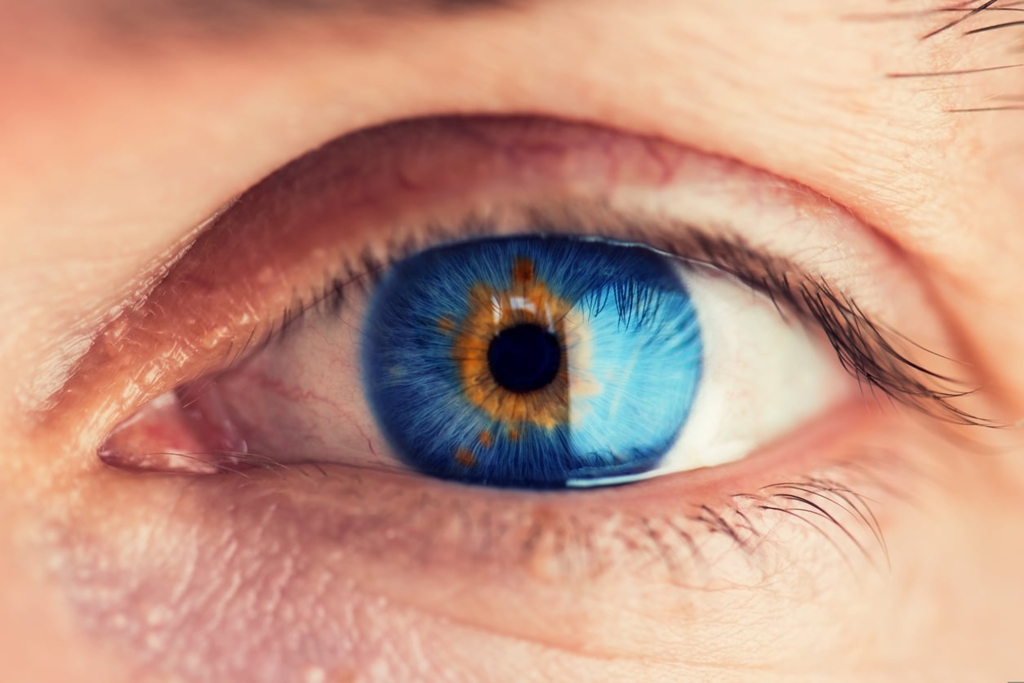The Fascinating Science Behind Eye Color

Do you know how eye color is determined by science? Most people don't realize it, but it's a fascinating subject! In this blog post, we'll go over the several genes that determine eye color, as well as some of the scientific study that has been done on the subject. Continue reading if you're interested in learning more about the science underlying eye color.
Genetics of Eye Color
The color of a person's eyes is partly determined by genetics. Because the gene that causes blue eyes is recessive, it might be disguised by other genes. Brown eyes are dominant, which means that only one copy of the brown-eye gene is required for brown eyes. Heterochromia is a condition in which a person's eyes are of two different colors. A mutation in a gene that controls the production of melanin, the pigment that gives color to the skin, hair, and eyes, is frequently the origin of this disorder. Although genes play a part in eye color, they are not the only factor. The environment, such as sunshine exposure, can also have an impact on eye color. For example, people with blue eyes often have lighter-colored eyes due to less melanin in the iris. Genetics are just one part of the story when it comes to eye color.
Melanocytes
The cells in the iris that produce melanin are called melanocytes. The amount of melanin these cells produce is determined by the genes a person has, as well as the environment. The more melanin produced, the darker the eye color will be. The less melanin produced, the lighter the eye color will be. The production of melanin is also influenced by exposure to sunlight. The sun's ultraviolet rays can trigger the production of more melanin, resulting in a darker eye color. This is why people who live in sunny climates often have darker eyes than those who live in cooler climates.
Common Colors
The most common eye colors are brown, blue, and green. These three colors are determined by the amount of melanin in the iris. Brown eyes have the most melanin, while blue eyes have the least. Green eyes fall somewhere in between. Eye color is also affected by light scattering. This is why some people have hazel or amber-colored eyes. The light-scattering effect is more pronounced in people with lighter-colored eyes.
Heterochromia
Heterochromia is a condition in which the irises of the eyes have different colors. It can be caused by a number of factors, including genetic disorders, injuries, and certain diseases. Heterochromia is relatively rare, affecting less than 1% of the population. The most common type of heterochromia is known as sectoral heterochromia, in which one sector of the iris is a different color from the rest. Heterochromia can also affect the whole iris, a condition known as complete heterochromia. Heterochromia is usually benign and does not cause any visual problems. In fact, many people with heterochromia find that their condition makes them stand out in a crowd.
Red or Pink Eyes
Red or pink eyes are caused by a lack of pigment in the iris. The condition is known as albinism, and it is relatively rare. People with albinism often have other health problems, such as vision problems and skin cancer. Albinism is a genetic condition, and it can be passed down from parents to their children.
Biometric identification
Eye color can also be used for biometric identification. This is because every person's eye color is unique. The iris of the eye contains many different patterns, and these patterns can be used to identify an individual. The use of eye color for biometric identification is still in its infancy, but it has potential applications in security and law enforcement.
So there you have it! The science behind eye color is actually pretty interesting. Genetics play a role in determining eye color, but the environment can also influence the way the eyes look.



